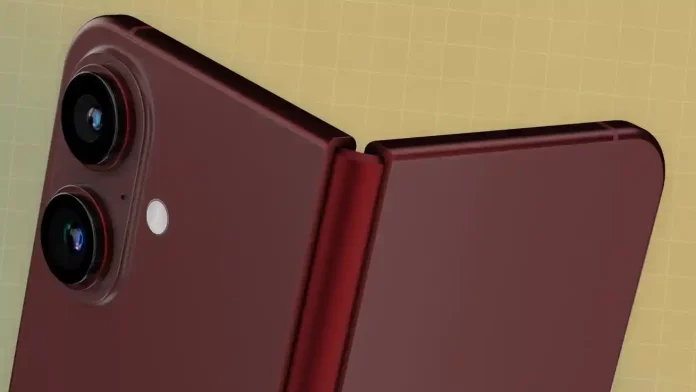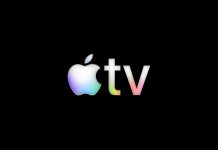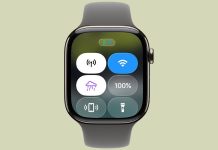Apple’s rumored iPhone Fold could mark the company’s first large-scale use of Liquidmetal, a mysterious and high-tech alloy long associated with the brand. Here’s what makes this material so unique—and why Apple might finally be ready to use it.
The Long Road to Liquidmetal
Speculation around the iPhone Fold has been constant, with fresh rumors reshaping expectations every few months. The latest buzz centers on Liquidmetal—often mistaken for a purely liquid metal like mercury but fundamentally different in composition and behavior.
Liquidmetal is an amorphous metal alloy, meaning its atoms lack the structured crystalline patterns found in traditional metals such as aluminum or stainless steel. This non-crystalline structure gives it exceptional strength, elasticity, and corrosion resistance. In simple terms, it’s lighter than titanium, harder than stainless steel, and nearly impossible to tarnish.
Originally developed at the California Institute of Technology, Liquidmetal has been commercialized by Liquidmetal Technologies since 2023. The alloy can be formed at relatively low temperatures (around 760°F), molded almost like plastic, and then cooled rapidly without forming brittle crystal structures. The result: a metal that’s strong, flexible, and remarkably durable.
Apple’s Early Connection
Apple’s relationship with Liquidmetal stretches back to 2010 when it signed an exclusive licensing agreement with Liquidmetal Technologies. That deal granted Apple rights to explore the material’s use in consumer electronics—and led to one small, but symbolic, creation: the SIM-ejector tool for the iPhone 3G. While humble in appearance, it was likely Apple’s first real-world test of Liquidmetal manufacturing.
Since then, Apple has kept renewing the agreement, quietly filing patents related to the alloy. These include methods for 3D printing-like fabrication, vacuum casting, and even integrating Liquidmetal into touch-sensitive surfaces. Yet despite years of investment, Apple has never brought a major Liquidmetal-based product to market—until possibly now.
Enter the Fold
In early 2025, analyst Ming-Chi Kuo reignited interest with claims that Apple would use Liquidmetal for critical hinge components in the upcoming iPhone Fold. According to his report, Apple’s supplier, Dongguan Yian Technology, secured exclusive rights to produce Liquidmetal-based hinge parts through a die-casting process.
A follow-up from Setsuna Digital on Weibo added that the hinge would use a titanium-based “metallic glass”, enhancing the alloy’s resistance to bending and deformation—ideal for the constant folding and unfolding a device hinge must endure. The leaker compared the finish to “high-grade stainless steel,” suggesting Apple will maintain a sleek, premium aesthetic.
Later that year, analyst Jeff Pu noted that the iPhone Fold may feature a hybrid aluminum-titanium frame. While Liquidmetal wasn’t named directly, its properties align closely with the rumored materials list.
Why Liquidmetal Makes Sense
A foldable phone’s hinge is one of its most vulnerable components—subjected to repeated stress and potential wear. Using Liquidmetal offers several advantages:
- Strength and Flexibility: Perfect for parts that must bend yet resist deformation.
- Lightweight Structure: Reduces hinge weight compared to stainless steel.
- Precision Casting: Allows Apple to produce complex, miniaturized parts with tight tolerances.
However, Liquidmetal works best in thin castings rather than thick structural pieces, making it more suitable for a hinge mechanism rather than an entire chassis. This aligns well with rumors of Apple applying it strategically rather than broadly.
From License to Legacy?
While the idea of an iPhone Fold built entirely from Liquidmetal may be far-fetched, Apple’s long-standing fascination with the material suggests it sees untapped potential. The hinge could be the perfect, low-risk opportunity to finally showcase what a decade of quiet investment has built toward.
Liquidmetal has always been a story of promise without payoff. If these latest reports prove accurate, the iPhone Fold might be the moment that turns Apple’s curiosity into innovation.




